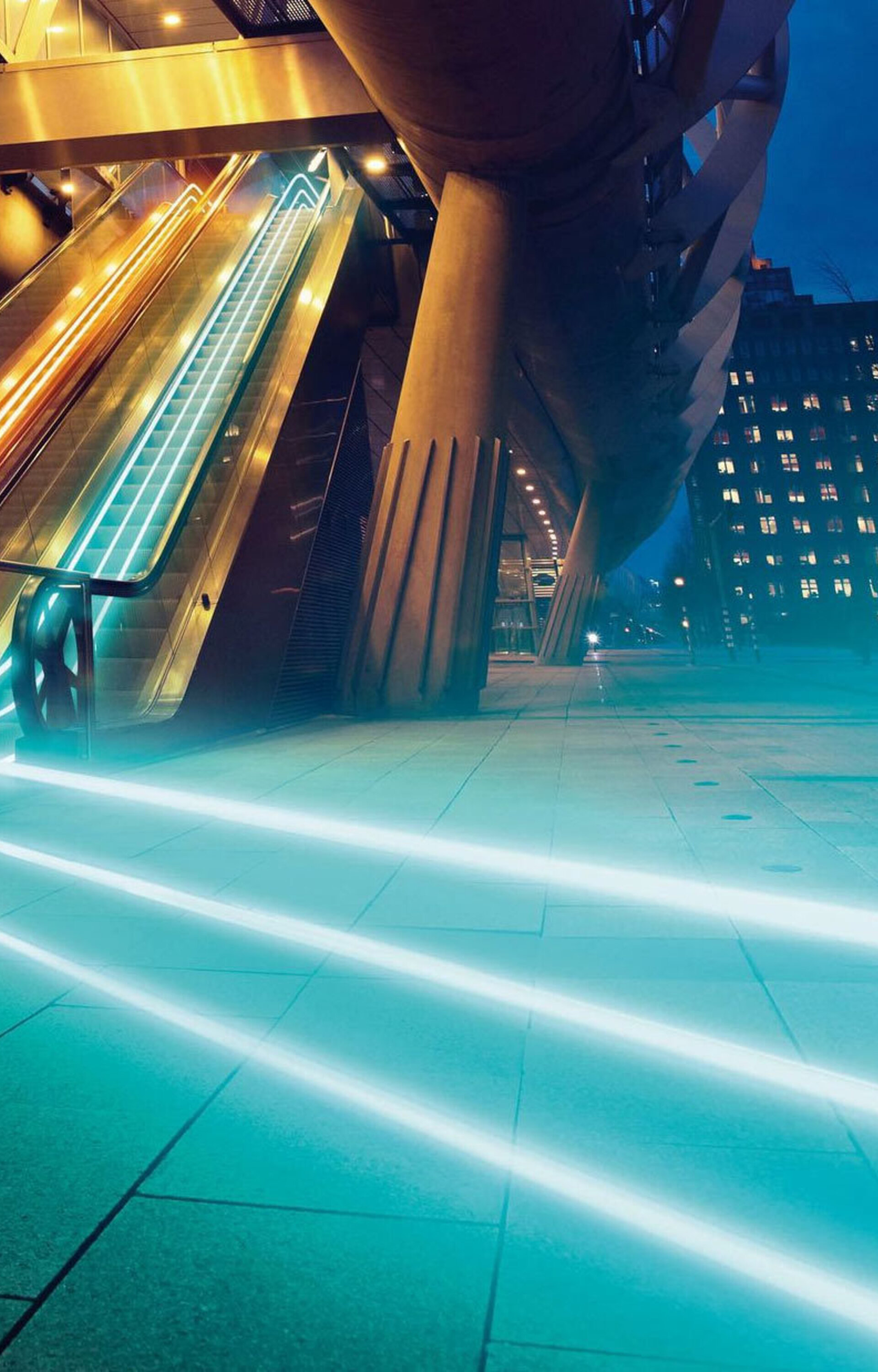

When we previously talked about 'the new way of working', we meant fixed working days from home , flexible workplaces and being available anytime, anywhere. A lot has changed in that area in recent months. From 'the new way of working', the focus is now on 'the new normal'. Organizations are thinking about a future-proof workplace. Shall we look at this with fresh eyes? And not blindly take 'the old normal' as a basis?
Most organizations have to take 'desperate measures' to facilitate the major work-from-home test this spring. In no time, collaboration platforms and online meeting tools were set up, VoIP exchanges were rerouted and processes were digitized.
The quarantine situation has shown organizations that things can really be different, the way we work. In just a few months, years of digital transformation has been achieved. How do we continue to build a future-proof working environment?
Time for a fresh look
"A good time to tackle things thoroughly"
I'm afraid that the current systems, which are sometimes tied together with string, duct tape and drawing pins, will simply become the basis for the modern workplace. It's a shame, because you're doing a disservice to the organization, your people and yourself. We are now at a wonderful time to tackle matters thoroughly.
It is important to make a solid plan for a future-proof way of working with a truly fresh perspective. Focused on the coming period, when we still have to deal with corona, but especially on all the wonderful years to come.
The old standards, some of which no longer apply (for a long time). Working forty hours a week. Every day in traffic jam to the office. Every employee has a lease car. Long meetings. Rusty ideas and standard policies about remote work, accessibility and mobility.
What do you want your working environment to look like in ten years? Many of the things we do are simply done out of habit. Not because it is logical or pleasant, but simply because we don't ask questions. And that's a shame, because it prevents us from coming up with good, fresh ideas.
What now?
The research is clear: forty to sixty percent of people expect to work from home more often after corona. Preference is given to working from home one to three days a week (source: Knowledge Institute for Mobility Policy). For younger professionals, people up to, say, 35 years of age, the majority absolutely no longer wants to work at organizations that do not facilitate working from home.
Working from home will be an important part of the modern working environment. And ICT plays an important role in this, but not the only one. Major issues also arise in areas such as facility management, human resources, legal and security.
For a future-proof working environment, you will have to work integrally with all facets of your organization. What will be the function of your office? How do you replace the social function of the coffee machine and the corridors?
How does HR deal with remote work and mobility? What are the security challenges when dozens of employees each work on their own home network? What do you do with authentication, data protection, support? From the perspective of change management, I strongly advise you not to view this transformation as an IT project and to put your heads together across departments.
What the ideal working environment will look like in 2030 or 2050? I cannot outline a standard that is ideal for every organization. I can promise you that you will later be grateful for the time you make now to think about this carefully. Go back to the drawing board, assume current and future requirements and wishes, and leave the old standards for what they are.
Source: compute